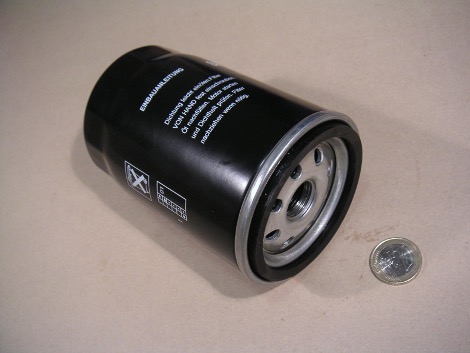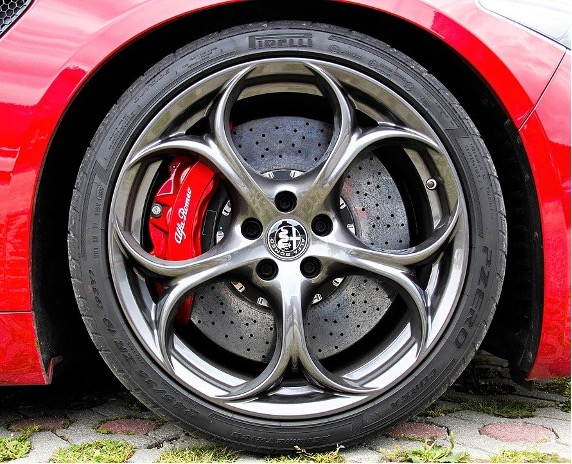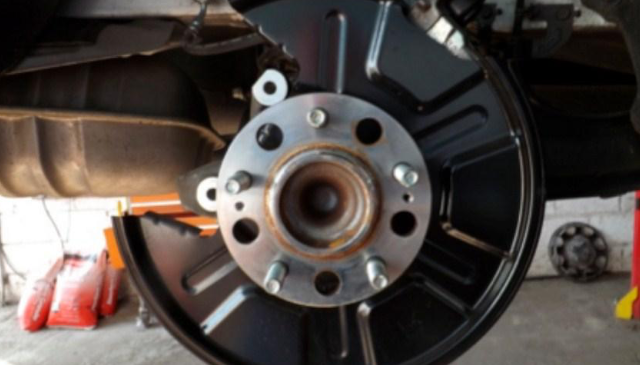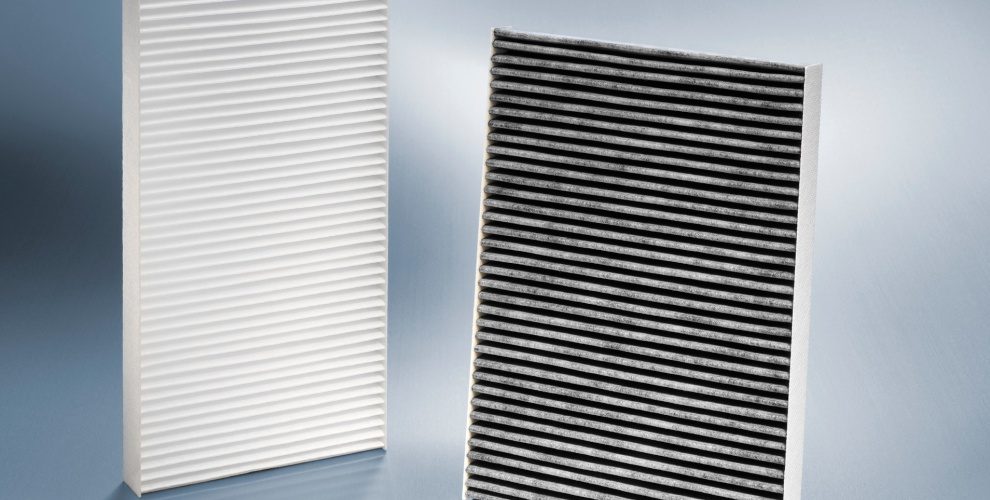General presentation of oil filters
A very simple part, but in the long run we would still feel the lack. The oil filter plays a key role in the lubrication system of internal combustion engines, regardless of its type. Keeping the lubricant constantly clean is a task that is essential for the basic operation of piston engines.
With the development of engines, many and very diverse methods of oil filters have emerged, although there are now only a few types that are considered widespread in a general sense.
In this article, we briefly introduce all the most important designs.
Requirements for filters
With the operation of the internal combustion engine, the metal components that are mechanically connected to each other and exposed to heat wear, thereby introducing metal particles and soot into the lubricant, as well as part of the dust content of the grass, metal oxides, oil coke, unburned fuel and even water – this the large dispersion or dissolution of the latter renders the oil unusable very quickly.
These all affect the lubricating properties of the oil. In addition, contamination has not only physical but also chemical consequences: these are mostly oxidation processes, which age the lubricant.
All of those listed above are undesirable phenomena, so efforts should be made to remove them from the system. This can be done most effectively with a filter device.
Although there is no complete agreement in this part of the field of science, current assumptions are that the size of solid contaminants in the oil should not exceed 5 micrometers, because if the diameter of the abrasive particles is smaller than the smallest gap between the rubbing parts, then it can pass freely between them.
Not only the size of the pollutants, but also their concentration affects wear. Therefore, in addition to the filtering limit size, the efficiency of the filtering also characterizes the effectiveness of the filtering. This efficiency is the ratio of the mass of the filtered contaminants to the mass of the contaminants in the oil before filtration.
The requirements for oil filters are as follows:
- Have the highest possible filtering capacity
- Filter out the smallest possible particles
- Operate at a high filtration rate (high volume flow rate).
- The lower its flow resistance
- Have small size and mass
- Be inexpensive to produce
- Be easy to maintain
Static oil filters
Oil filters with metal inserts
This group can be further divided based on the design of the insert into pure metal insert, disk (slot filter) and metal wire filters.
The pure metal filter is characterized by the number of holes per square centimeter. This metal screen-like part is placed in the oil pan in front of the oil pump (usually more), with a pre-filter function. Versions intended for this role have 100-200 holes per square centimeter. It is important that it is installed in such a way that it cannot absorb dirt deposited on the bottom of the oil pan.
There are sieves that are perforated much more densely than this. The much denser sieves with 400-20,000 holes/cm2 are used for both coarse and fine filtration. These versions filter even 20 micrometer particles.
Their general disadvantage is that they get clogged very quickly, so they require regular maintenance.
Disc filters are also suitable for coarse and fine filtration. Its use is less and less typical in industry, because during operation the dirt remaining in the gaps often passes through the filter in a pulse-like manner.
Oil filters with baffles
This is the group that has conquered a significant part of the market in the last 3-4 decades. This was primarily due to the rapid development in the production of filter papers. Today, they are able to produce special filter papers that can be used for coarser filtration (20 microns) and for very fine filtration (5 microns). In the case of engines with a smaller cylinder capacity, this type is almost always found in the car. Larger engines typically use paper and felt oil filters. Their big advantage is that they do not require maintenance, but they are used once and thrown away after use.

Paper filter insert (source: www.wikipedia.org)
Of particular interest is how the oil flows through the filter. We might think that the direction of the oil is perpendicular to the surface of the filter paper. This has been the case in the past, but for some time now a completely different approach has been taken. In the more modern version, the oil is not conducted through the porous surface of the paper.

Spin-on, i.e. oil filter to be replaced by everything (source: www.wikipedia.org)
The paper is rolled into a tight cylinder and the oil is forced through the filter in the axial direction of the paper cylinder. In this construction, even the pre-filtered dirt helps further filtering. The paper cylinder is pressed into a metal housing, the oil flows through the hole in the middle of the cylinder over the filter insert, and then the oil filtered through the cylinder goes from the lower collection space to the lubrication points.
The operating range of the filter is amazingly large, so it is suitable for filtering any lubricant. In the case of internal combustion engines, it is used as a secondary circuit filter. Due to their structure, they have a long service life, they can last up to 20-30,000 kilometers without malfunction.
Active oil filters
There are filter types that can filter out not only mechanical impurities from the system, but also organic oxides and water dissolved in the oil. The inserts of such filters are made of natural or synthetic active compounds. The selection does not take place mechanically, but by adsorption or reaction.
Magnetic oil filters
When they were first introduced, they were only used during the break-in period. By the end of the millennium, they were used in relatively large quantities, as they proved to be extremely effective. This is due to their ability to absorb iron particles from wear. Its elements made of permanent magnets are placed in a separate filter housing or in the oil drain screw. It is usually used in complex filters as one of the stages of filtration.
Dynamic oil filters
Centrifugal oil filters
This type was previously used to clean diesel, but from the 1950s it was also successfully used as an oil filter.
Its name speaks for itself: it is essentially a centrifuge in which the nozzles of the rotor are rotated by the reaction force of the flowing oil.
Its big advantage is that it is cheap to maintain, it effectively removes water from the oil, and there is very little chance of clogging.
Due to its operation, it primarily removes the higher density pollutants from the oil, therefore it can significantly increase the life of the engine.
However, its disadvantage is that its size and weight are relatively large, so it is not found in passenger cars, but it can still be found in agricultural machines or mining machines.
https://en.wikipedia.org/wiki/Oil_filter#Cartridge_and_spin-on
https://www.mobil.com/en/lubricants/for-personal-vehicles/auto-care/all-about-oil/learn-about-motor-oil/how-an-oil-filter-worksh
ttps://en.wikipedia.org/wiki/Oil_filter#/media/File:Cartridge_filter.jpg
https://en.wikipedia.org/wiki/Oil_filter#/media/File:Kfz-oelfilter-muenze.jpg













